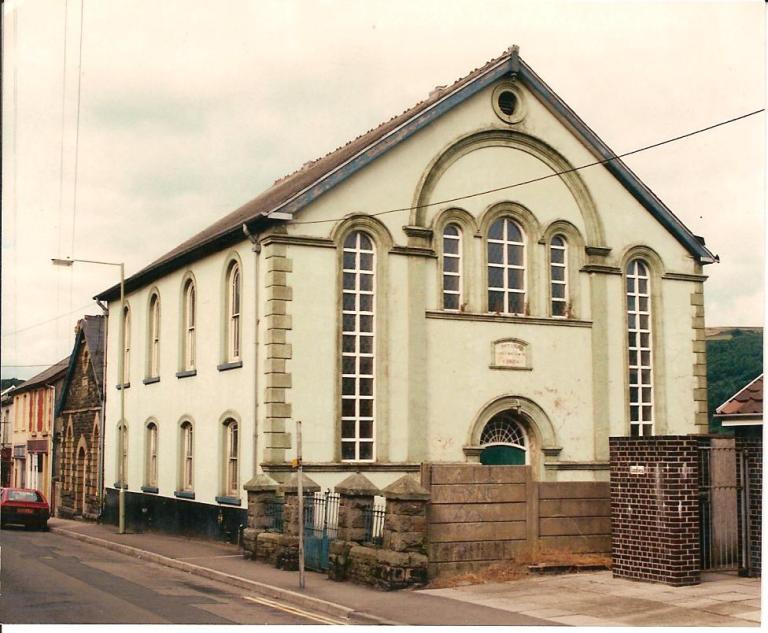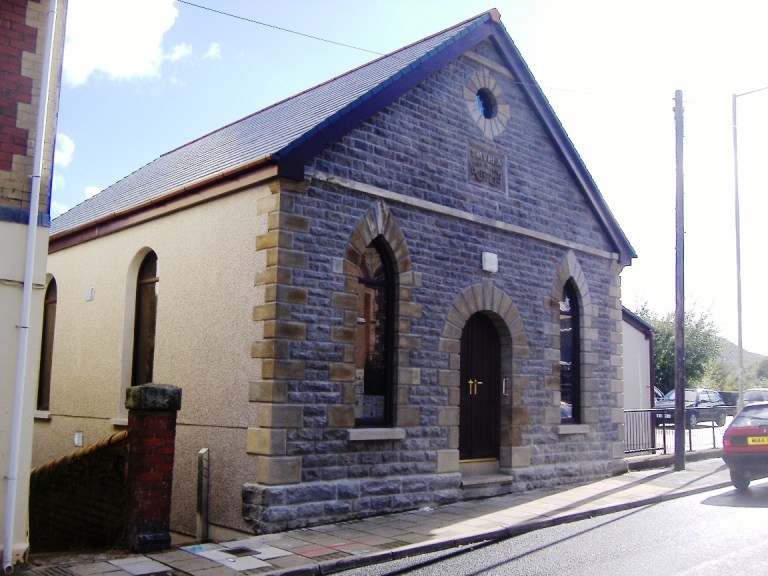About Smyrna Chapel
Read about the history of Smyrna Chapel.
Smyrna is becoming a no bin venue
The beautiful former Smyrna Chapel on Aberfan Road had been left vacant for so long, but is now managed and maintained by a local charity, Taff Rocks, who secured the building in March 2022.
Since this time, the venue has been used by members of various communities for events such as:
- Meetings and gatherings
- Baby showers, gender reveals, birthday parties* and wakes.
- Arts and craft events
- Community education sessions
- Warm hubs
- Various other events by many individuals, community organisations, businesses and more.
* Taff Rocks can also be available for your birthday party if you wish the rock painting element to it.
If you'd like to hire the building for your own activity, please visit the bookings page where you can book online. Our new system, implemented in May 2023, automatically removes booked time slots so you no long need to check the diary or submit any paper booking forms by email.
Smyrna can accomodate 24 persons with additional seating for up to four 'staff' or 'supervising' persons.
Taff Rocks would like to thank so many people and organisations for helping them secure the building, this includes MTCBC, Invest Local Ynysowen, Trinity Childcare and Family Centre, The National Lottery and so many more.
We invite you to use the building so it can remain in community use by hiring it for yourself.
Website development and funding:
- The website hosting was initially funded with generous donations via our Crowd Funding platform.
- The website development time was generously donated by an anonymous donor.
- Thank you to all who made donations of time and funds to make this possible.
History of Smyrna Chapel
In the 1860s, Reverend James Lewis became the minister at Carmel Chapel in the adjacent village of Troedyrhiw and started holding Sunday School in a private house in Aberfan before moving on to a larger venue at a public house, possibly in Perthygleision, Aberfan.
With the congregation growing, the Reverend Lewis and two of his deacons, William Price and William Jones decided to build their own place of worship.
Smyrna Baptist Chapel in Aberfan was built in 1877 on a plot of land leased from Mrs Rowland Griffiths by William Lloyd for the princely sum of £750.
By 1902 a bigger building was required and was built on an adjacent, larger plot of land adjoining the original chapel by the Spratt Brothers for £1,874. The original chapel was then used as a vestry.

During the Aberfan Disaster of 1966, Smyrna Chapel was one of the first buildings to be used to help the rescue workers. The vestry used for refreshments with the chapel used as a casualty centre for the rescue workers. This use left the inevitable mess and, consequently, the chapel was closed for restoration.
The additional 'new' chapel was demolished in 2002 with the smaller, original chapel being refurbished for use by the community and has retained the external appearance of the facade. The extension you see today was not part of the original chapel. This, along with the public car park, sits where the larger chapel once sat.
